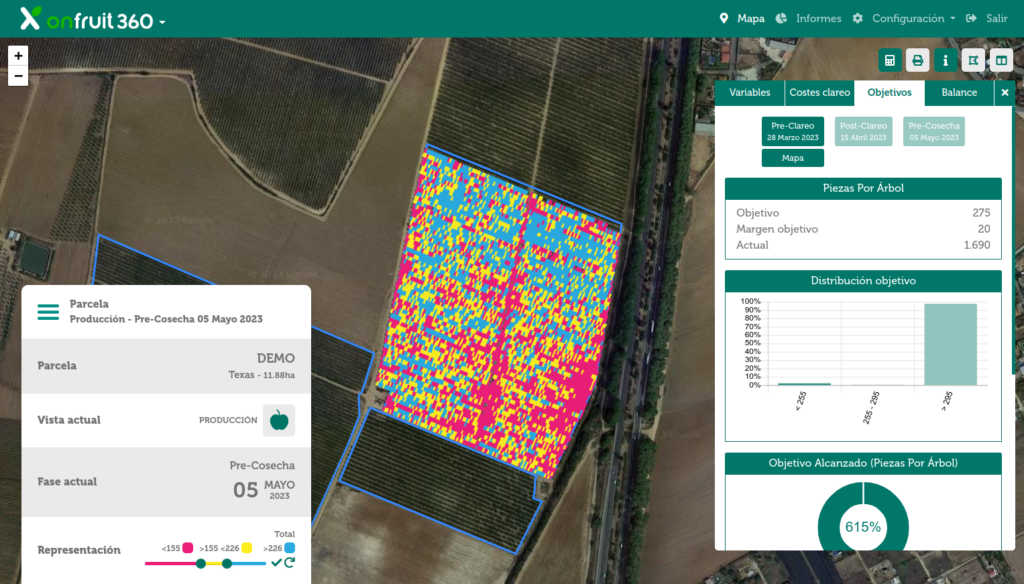Technology can play a crucial role in reducing the impact of drought on fruit production.
Here are some ways technology can be used:
- Smart irrigation systems: Irrigation systems based on sensors and monitoring technology can measure soil moisture, evaporation, and other key factors to determine when and how much to irrigate.
This helps avoid over- or under-irrigation, optimizing water use and minimizing waste.
- Weather forecasting and crop modeling: Weather forecasting technologies can provide accurate information on climate conditions and precipitation probabilities. Combined with crop models, farmers can plan and adjust their irrigation strategies accordingly, anticipating drought periods and taking preventive measures.
- Rainwater collection and storage: By using technology to collect and store rainwater, farmers can make the most of rainfall events and use the stored water during dry periods. Rainwater harvesting systems may include collection roofs, filtration systems, and storage tanks.
- Automated monitoring and control: Automated monitoring systems can help farmers closely track crop conditions, soil moisture, water consumption, and other relevant parameters. This enables early detection of water stress and data-driven decision-making in real time to optimize irrigation and minimize the effects of drought.
It is also important to digitize agricultural operations for better optimization; digitalization allows for more efficient data collection, analysis, and use. This facilitates decision-making and management during drought and fruit production.
By adopting digital technologies, companies can improve operational efficiency, reduce costs, and optimize resource use, including water.
Digitalization also provides monitoring and management tools that enable better control of processes, from planting planning to harvesting.
In addition, it enhances communication and collaboration among stakeholders in the fruit supply chain, allowing for more integrated management and faster response to drought situations or other challenges.



